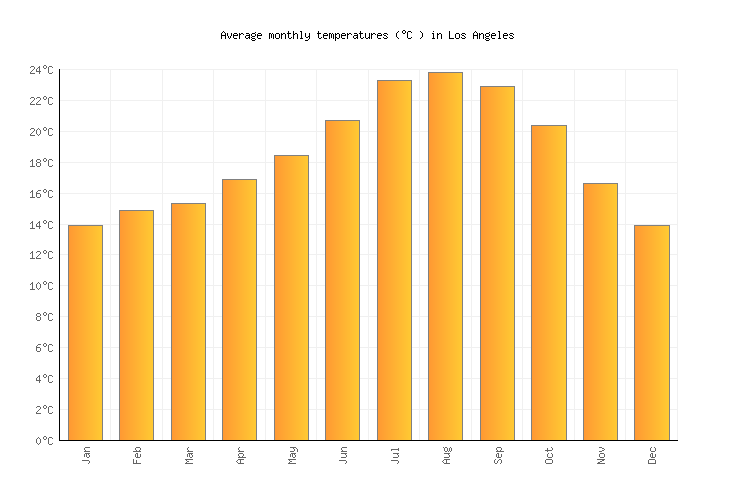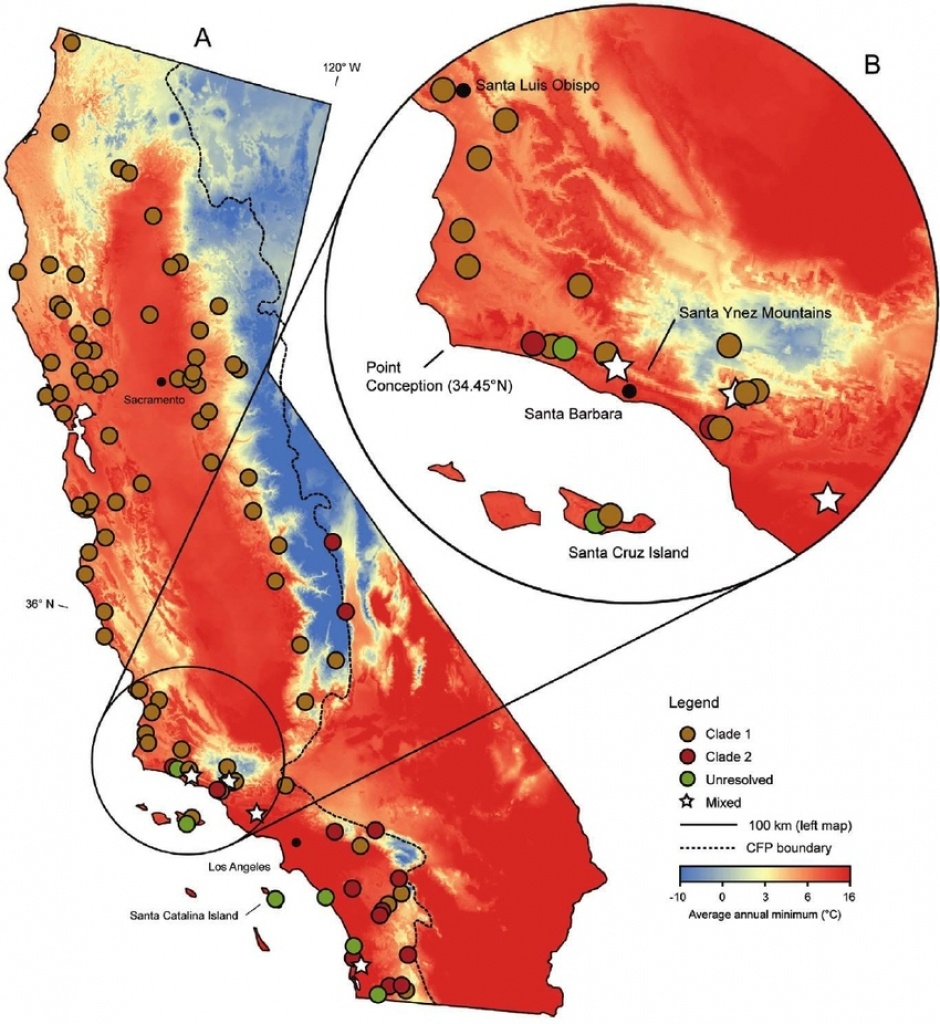
And despite three years of cooling La Niña, temperatures have soared to dangerous levels.Įurope saw its hottest summer in 2022, with temperatures over 40 degrees Celsius (104 Fahrenheit) and Pakistan and India experienced a searing heatwave, where parts of the country reached more than 49 degrees Celsius (120 Fahrenheit). The world has already seen around 1.2 degrees of warming, as humans continue to burn fossil fuels and produce planet-heating pollution. Orange-red colors are above normal temperatures and are indicative of El Niño.


This satellite image shows sea surface temperatures in October 2015.

The hottest year on record is currently 2016, which followed a very strong El Niño. “We will probably have, in 2024, the warmest year globally on record,” Josef Ludescher a senior scientist at Potsdam Institute for Climate Impact Research, told CNN. Scientists consider 1.5 degrees of warming as a key tipping point, beyond which the chances of extreme flooding, drought, wildfires and food shortages could increase dramatically.Ī strong El Niño could push the planet to that point, Scaife said, even if only temporarily. The world could breach 1.5 degrees of warming for the first timeĮl Niño could – for the first time – push the world past 1.5 degrees Celsius of warming above the pre-industrial levels of the mid-to-late 1800s.Ĭountries pledged in the Paris Climate Agreement to limit global warming to well below 2 degrees – and preferably to 1.5 degrees – compared to pre-industrial temperatures. Here are six weather and climate extremes to look out for. But what is clear is that, layered on top of human-caused global heating, the signs point to El Niño ushering in severe and unprecedented impacts for many parts of the world. It’s unclear how strong the coming El Niño will be – some models predict it could reach super-strength, others suggest it will be more moderate. “We’re now switching that off,” Professor Adam Scaife, head of long-range prediction at the UK Met Office, told CNN. The last three years have still been some of the warmest on record, even with La Niña’s cooling effect. “Right now, the atmosphere and the ocean are both in sync and screaming ‘El Niño rapid development’ over the next few months,” he said. La Niña has ended and El Niño will form during hurricane season, forecasters say

And a switch to El Niño will almost assuredly bring warmer global temperatures along with it.ĭaniel Swain, a climate scientist with the University of California, Los Angeles, said there is already a “dramatic transition” from La Niña to El Niño happening in the tropical Pacific. Both have major influence weather across the globe. La Niña and El Niño are natural phenomena in the tropical Pacific Ocean La Niña is marked by cooler-than-average ocean temperatures, while El Niño brings warmer-than-average temperatures. The incredible trend worries experts about what could lie ahead, especially as forecasts predict El Niño is on its way starting this summer – and along with it, impacts like extreme heat, dangerous tropical cyclones and a significant threat to fragile coral reefs. Then in mid-March, climatologists noted that global sea surface temperature climbed to a new high. The oceans have been record-warm for the past four years, scientists reported in January. Scientists have watched in astonishment as ocean temperatures have steadily risen over the past several years – even as the cooling La Niña phenomenon had a firm grip on the Pacific.


 0 kommentar(er)
0 kommentar(er)
